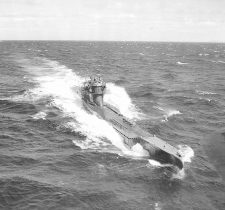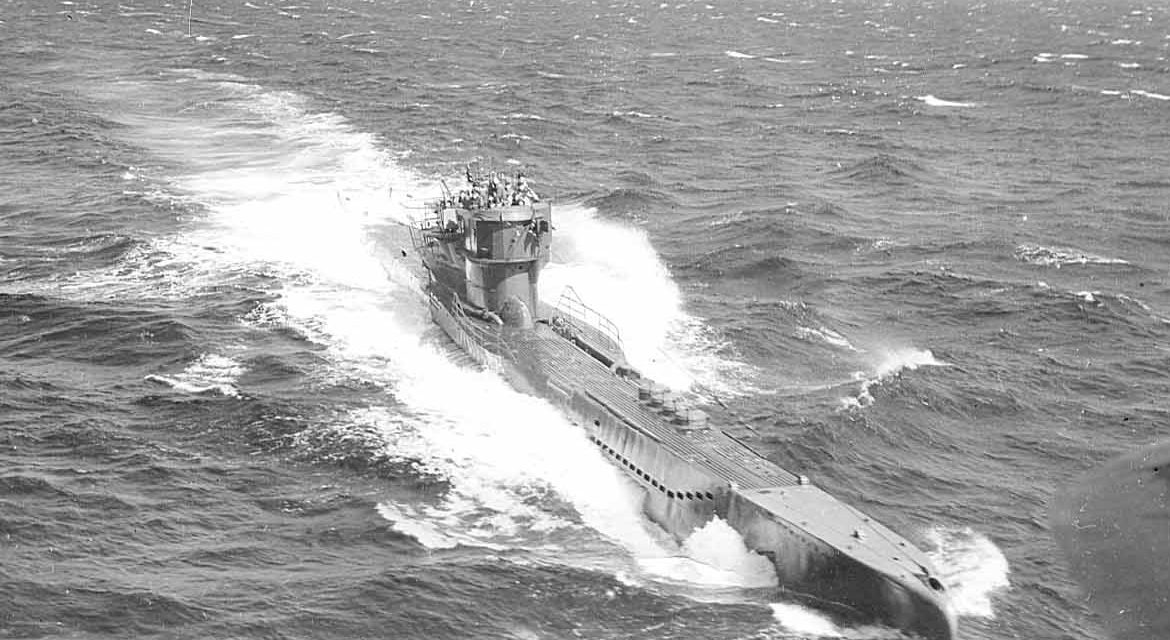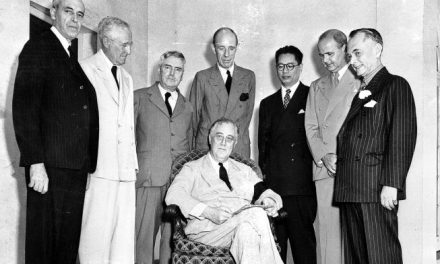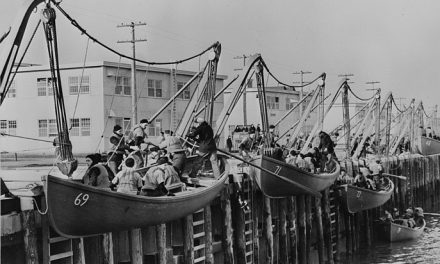The German government appears to have held true to their declaration of war on the United States, sending many of their u-boats to the Eastern shores to attack navy and merchant ships. As of Jan. 31, 11 ships have fallen prey to hits from German torpedoes, most recently being the American oil tanker Rochester. The survivors of the attack have been picked up by friendly ships, and will be returning home shortly. These attacks will likely increase in number as the war goes on, with the number of casualties climbing exponentially.
Submarine attacks have occurred all across North America’s Atlantic waters, with the Allied tanker Cambria being seen by the public in sinking condition off the coast of Long Island, the Lady Hawkins (a Canadian passenger liner) being sunk off the coast of Canada, and the Francis E. Powell, a U.S. oil tanker, being sent to the floor of the Gulf of Mexico off the coast of Texas. These cases exemplify how mobile the German submarines are, and their ability to strike at any point on the Atlantic shores.

German submarine U-278 in Atlantic waters. From Wikimedia Commons.
The sinking of the Lady Hawkins was especially brutal, with 250 individuals believed dead. Many civilian lives were among those lost. A notable individual rescued was a two-year-old girl, who survived on a rescue boat in which five others perished.
Attacks on British oil tankers off the Canadian coast are also growing more prevalent. It appears that the Germans wish to cut off the British fuel supply at its most convenient source. Canada is notably also in a state of war with Germany and Italy, as a British Dominion. Due to the grand scale of this war, any ships from the United States, the United Kingdom, and any colonies or dominions of the United Kingdom, are officially under threat of destruction by German and Japanese boats and submarines.
However, the defensive measures being taken by the U.S. Navy and the U.S. Army Air Forces will be more than enough to fight back on the seas, according to military sources. Planes flying over the water can easily spot German u-boats in clear weather, and are equipped with bombs that can successfully take them out. American submarines will also be able to chase the Germans away from merchant and military ships, either torpedoing the submarines themselves or waiting for air support to do the job for them.
But as complex as this system of defense is, and as major a defensive operation it is, there are a number of reasons why it is worth it for American forces to focus so much on it. First, the United States has an obvious interest in protecting both American and British lives on the seas at all costs. Second, it is crucial that North American supplies reach British shores, not only to stock their military with guns, ammunition and fuel, but also to feed the island nation, whose food supply has been greatly harmed by this conflict.
Without the defensive operations that will be put forth by the U.S. military, the loss of American lives will be severe, and the United Kingdom could fall due to a lack of supplies. This is not simply a strategic option for the United States; it is a necessary measure to take if survival is to be guaranteed.
Sources:
“11th Vessel Is Prey to U-Boat; Pan Maine, Reported Hit, Is Safe.” The New York Times. 31 Jan. 1942.
“NEW U-BOAT VICTIM CONFIRMED BY NAVY.” The New York Times. 17 Jan. 1942.
Hurd, Charles. “U-BOAT RAIDS HERE ARE HELD SUICIDAL.” The New York Times. 25 Jan. 1942.
“LINER HIT BY U-BOAT.” The New York Times. 29 Jan. 1942.





